A Beauty That Defined an Era
Some stars merely shine, but others illuminate generations. Debra Paget was one of those rare lights — a woman whose beauty didn’t just attract attention, it silenced it. With her porcelain skin, hypnotic eyes, and movements that seemed to glide rather than walk, she embodied the very definition of classic Hollywood glamour. But beyond her flawless poise was something deeper: a quiet strength, an emotional intelligence that made every role shimmer with life. Her dance scenes were legendary, her screen presence magnetic, and her name synonymous with allure. In the 1950s, when silver screens ruled dreams, Debra Paget wasn’t just admired — she was adored.

From Denver’s Dreams to Hollywood’s Spotlight
Born Debralee Griffin on August 19, 1933, in Denver, Colorado, Debra’s story began in modest surroundings far from the glitter of Hollywood. Her mother, Margaret “Sunny” Griffin, was a former dancer with unshakable ambition, and her father, Frank, was a painter with a creative soul. Together, they raised their five children to believe in the power of performance. When the family moved to Los Angeles in the 1930s, opportunity was scarce, but Sunny’s determination was not. She pushed her daughters into acting schools, rehearsals, and auditions, convinced that one of them would make it big.
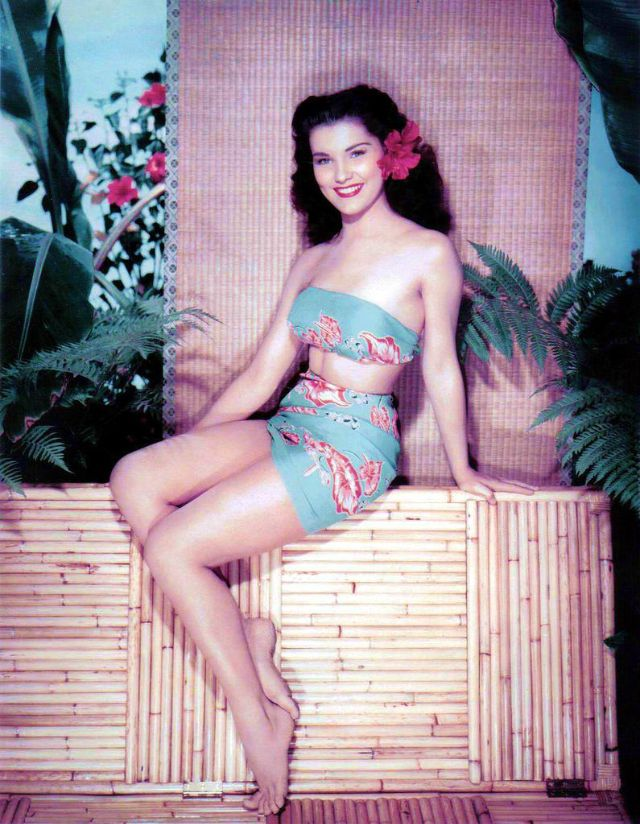
Debra’s natural grace and expressive eyes made her a standout even among her talented siblings. She studied ballet, theater, and voice with relentless focus, perfecting her craft long before she was ever given a camera close-up. By her early teens, she had both the discipline of a dancer and the quiet intensity of a born actress. It was only a matter of time before Hollywood noticed.
Video : 42 Glamorous Color Photographs Of Debra Paget In The Late 1940S And 1950S !
Hollywood Takes Notice: The Early Breakthrough
At just 14, Debra Paget signed with 20th Century Fox, marking the beginning of one of the most dazzling careers of Hollywood’s golden age. Her first appearance in Cry of the City (1948) hinted at her depth, and within two years she was already starring opposite Hollywood giants. Her breakout role came in Broken Arrow (1950), where she portrayed Sonseeahray, a Native American woman caught between love and tragedy. It was a performance that moved audiences to tears and earned her immediate acclaim.

Suddenly, Debra was everywhere — a face on movie posters, a name whispered in theaters, and a new standard for cinematic grace. Her ability to balance innocence with sensuality made her unlike anyone else on screen. She was strong without losing tenderness, poised without losing warmth. At an age when most teenagers were still finding themselves, Debra Paget had already found her place — in the heart of Hollywood.

The Golden Peak: Debra Paget’s Reign in the 1950s
The 1950s belonged to Debra Paget. She became one of 20th Century Fox’s brightest stars, headlining an impressive string of hits that showcased her versatility. In Demetrius and the Gladiators (1954), she proved she could bring fire to ancient epics. In The Ten Commandments (1956), she delivered a performance that would define her legacy. As Lilia, the Hebrew handmaiden, Debra performed one of cinema’s most famous dances — a scene that fused reverence, emotion, and restrained sensuality into pure cinematic poetry. Her every movement seemed choreographed by the gods themselves, and audiences could not look away.

The same year, she co-starred with Elvis Presley in Love Me Tender, the King’s first feature film. Their on-screen chemistry was undeniable, a blend of innocence and passion that made audiences swoon. While Elvis was the rising musical phenomenon, Debra’s experience and emotional nuance gave the film its heart. Together, they created something electric — the merging of Hollywood’s old magic with the pulse of a new generation.
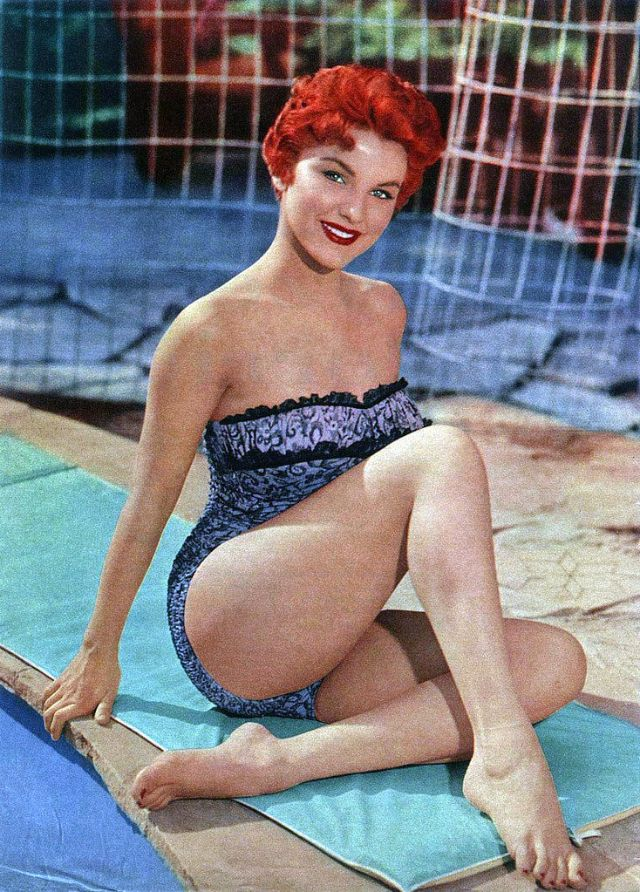
Behind the Curtain: Love, Fame, and Self-Discovery
Off-screen, Debra Paget’s life was just as dramatic as her films. Her name was linked with powerful men, from eccentric billionaire Howard Hughes to several of her leading men, though she remained famously discreet. In 1958, she married singer and actor David Street, but the union lasted only a few months. A second marriage, to director Budd Boetticher in 1960, also ended quickly, proving that fame could make love both easier to find and harder to keep.

Then came a surprising chapter that would change her life entirely. In 1962, Debra married Louis Kung, a Taiwanese oil executive and the nephew of Madame Chiang Kai-shek. Their marriage took her far from Hollywood’s glare and into a new world of cultural exploration and quiet domestic life. They had one son, Gregory, in 1966, and for nearly two decades, Debra lived a life away from cameras — peaceful, grounded, and private.
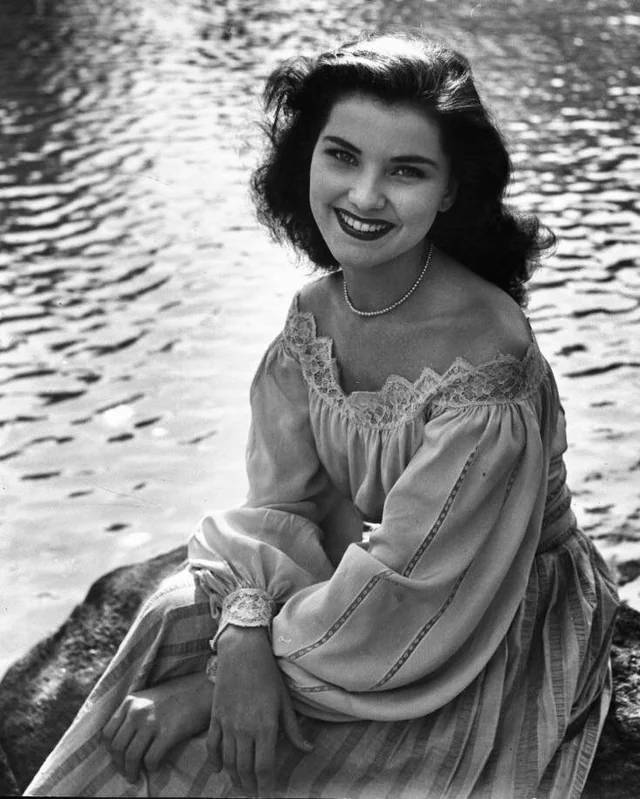
Beyond the Silver Screen: A Global Icon
Even as she stepped back from acting, Debra Paget’s influence continued to ripple through cinema. Her performances in The Indian Tomb (1959) and The Tiger of Eschnapur (1959) became cult classics, especially in Europe, where her now-famous “snake dance” stirred both admiration and controversy. Those roles showcased her daring side, her willingness to embrace bold artistic expression long before it was fashionable.
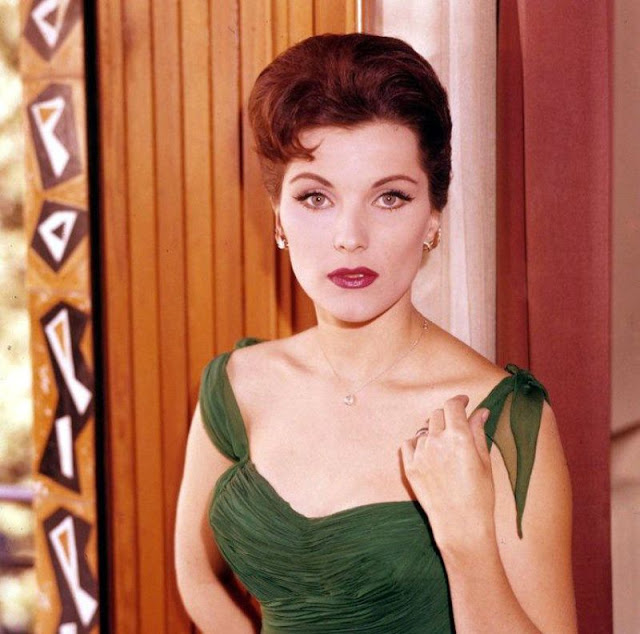
Her work extended across genres — historical epics, adventures, melodramas, and even horror. Films like The Haunted Palace (1963) and Tales of Terror (1962) revealed a darker, more mysterious edge that kept her filmography rich and unpredictable. She had the rare ability to adapt, to make any story feel intimate, and to infuse every scene with sincerity.
Video : 13 S*xy Photos of Debra Paget
A Quiet Life, A Lasting Glow
When she retired in the mid-1960s, Debra didn’t vanish — she simply transitioned. She focused on motherhood, spirituality, and a quieter rhythm of life. In later years, she converted to Christianity and found peace in faith, speaking occasionally at events or interviews but mostly living in tranquility in Houston, Texas.
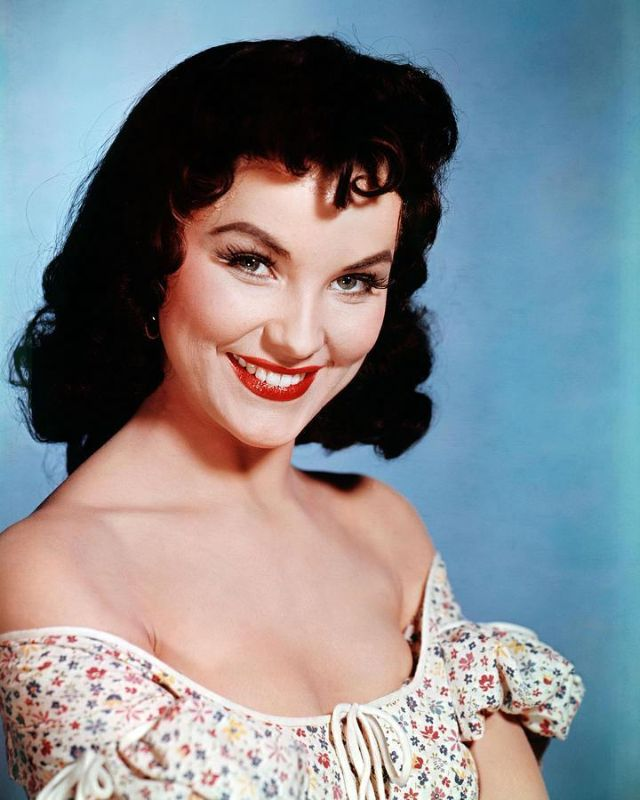
Now in her nineties, Debra Paget remains a symbol of grace, beauty, and enduring strength. Though she rarely makes public appearances, her legacy is alive through restored films, documentaries, and a new generation of fans who discover her through streaming and classic film festivals. The elegance she embodied still sets the bar for Hollywood glamour — effortless, intelligent, and sincere.
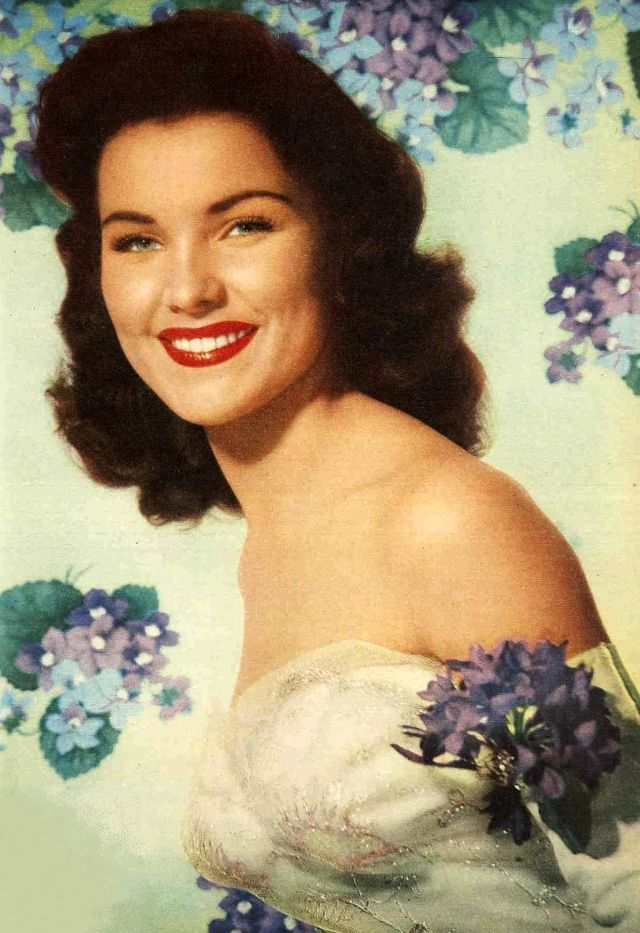
Why Debra Paget Still Captivates the World
What makes Debra Paget timeless? It isn’t just her beauty, though it remains undeniable. It’s the way she carried that beauty — with dignity, discipline, and depth. She never tried to outshine her co-stars; she illuminated them. Her dance scenes were not just about movement, but about storytelling. Her dialogue wasn’t just spoken, but felt. She turned vulnerability into art, and sensuality into something sacred.

Debra Paget was a bridge between eras — the old world of silent elegance and the new age of expressive freedom. She represented a kind of femininity that was powerful because it didn’t need to shout. Watching her today is like opening a window into a Hollywood that valued soul as much as spectacle.
The Curtain Never Truly Fell
Decades may have passed since Debra Paget’s last role, but her name still carries a quiet reverence. She was, and remains, one of those rare artists who transcended time — a woman who didn’t just make Hollywood turn its head, but taught it what true grace looks like.
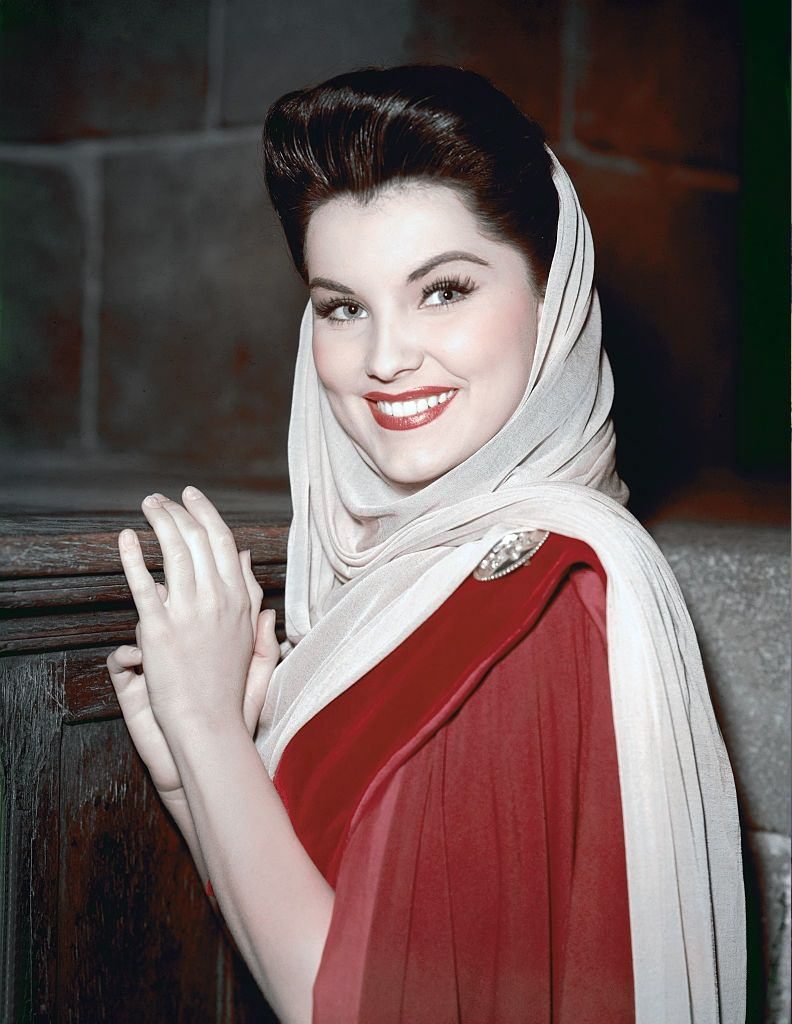
So, do you remember the muse who once enchanted the entire world?
She is Debra Paget — the woman whose dance, beauty, and spirit still echo through every frame of classic cinema, reminding us that true allure never fades… it simply becomes eternal.